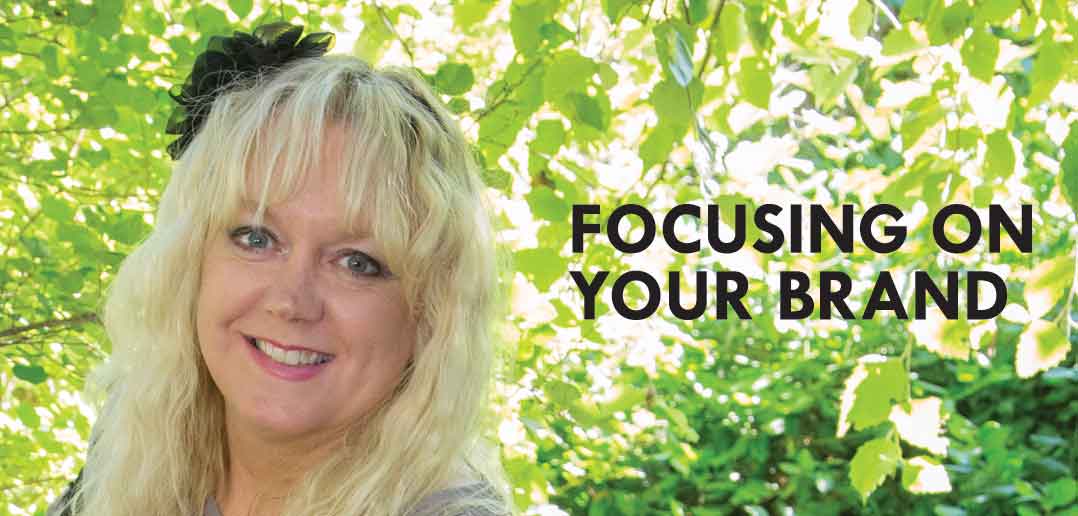Understanding The Buyer’s Journey
As I’ve touched upon in past months, there are certain ways to capture the attention of your target audience that are more successful than others depending on what your goals are for promotion.
We live in the time of the informed consumer, which means that how we promote our businesses has become increasingly complex as there is much more of a focus on providing value through education. When deciding how to approach this task, gaining a better understanding of how best to meet the needs of your specific target audience is paramount.
Thus, for any business owner who wants to market his or her business effectively, a basic understanding of the Buyer’s Journey is critical. Even if you have someone else who handles your marketing, your contribution of ideas will be the driving force of your campaign and should be formed based upon the best ways to reach your ideal customer along with the corresponding messaging, content and platform as a means of delivery.
The “Buyer’s Journey” is a term marketers use when referring to the active research process a buyer goes through leading up to a purchase. There are three stages of the Buyer’s Journey:
1. Awareness: Learning about a topic or solution.
2. Consideration: Evaluating a select few businesses to fulfill a specific need.
3. Decision: Seeking validation that the choice is and continues to be the right one.
(Note: Some opt towards modern versions that posit a four-step or six-step approach in a cyclical flow chart, and I’ll introduce those after we’ve covered the well-established three-step model.)
These will dictate a potential customer’s frame of mind; people in each stage have their own distinct behaviors, information needs, and knowledge consumption preferences. So, when it comes to making the critical decisions as to how you’ll shape and situate your unique promotional content, where your prospects are likely at in the Buyer’s Journey is an important part of the equation to consider.
For example, those in the awareness stage would be grazing, skimming the surface of many different sources (and likely paying attention to different types of media) and filing away everything they’ve come across for future reference.
As a part of the natural progression through the stages, those at the consideration stage will have begun narrowing down the field to just a few targeted businesses and has adjusted their approach more towards in-depth comparisons. They are also identifying themselves by making direct contact to ask questions, request an estimate or demonstration, etc. As such, they’ll likely be looking for a specific representative of your company that gives them the impression of being a trusted expert in their field along with more specific details that they’ve determined to be relevant.
Finally, for those in the decision stage, it’s not just about compelling characteristics of your company and brand that ultimately seals the deal. While that’s one side of the coin, the other is consistently providing value so that your existing clients continue to choose you over all other options that can and will present themselves over time. As your knowledge has great value to others, continuing to share it in a way that’s beneficial to your current clients as well as potential ones is the key here. In fact, according to a recent report from the White House Office of Consumer Affairs, it’s 6-7 times more costly to attract a new customer than it is to retain an existing customer (there are plenty of other documented statistics where the ratio varies from 3-30 times more costly; at any rate, there’s a significant difference). So while it seems like there isn’t much to this stage, I can assure you it’s just as important as the other two—if not more so depending on your growth strategy and retention rates.
Over the next few months I’ll be examining each of the three stages in depth and providing corresponding examples of how to deliver impactful content depending on where your target audience is likely at in the Buyer’s Journey, so make sure to stay tuned and enjoy our August issue!
To learn more about how Strictly Business can help you, contact me directly at (402) 466-3330 or visit StrictlyBusinessOmaha.com/connect. (You can also click on our Staff Letter tab online to view past articles.)

